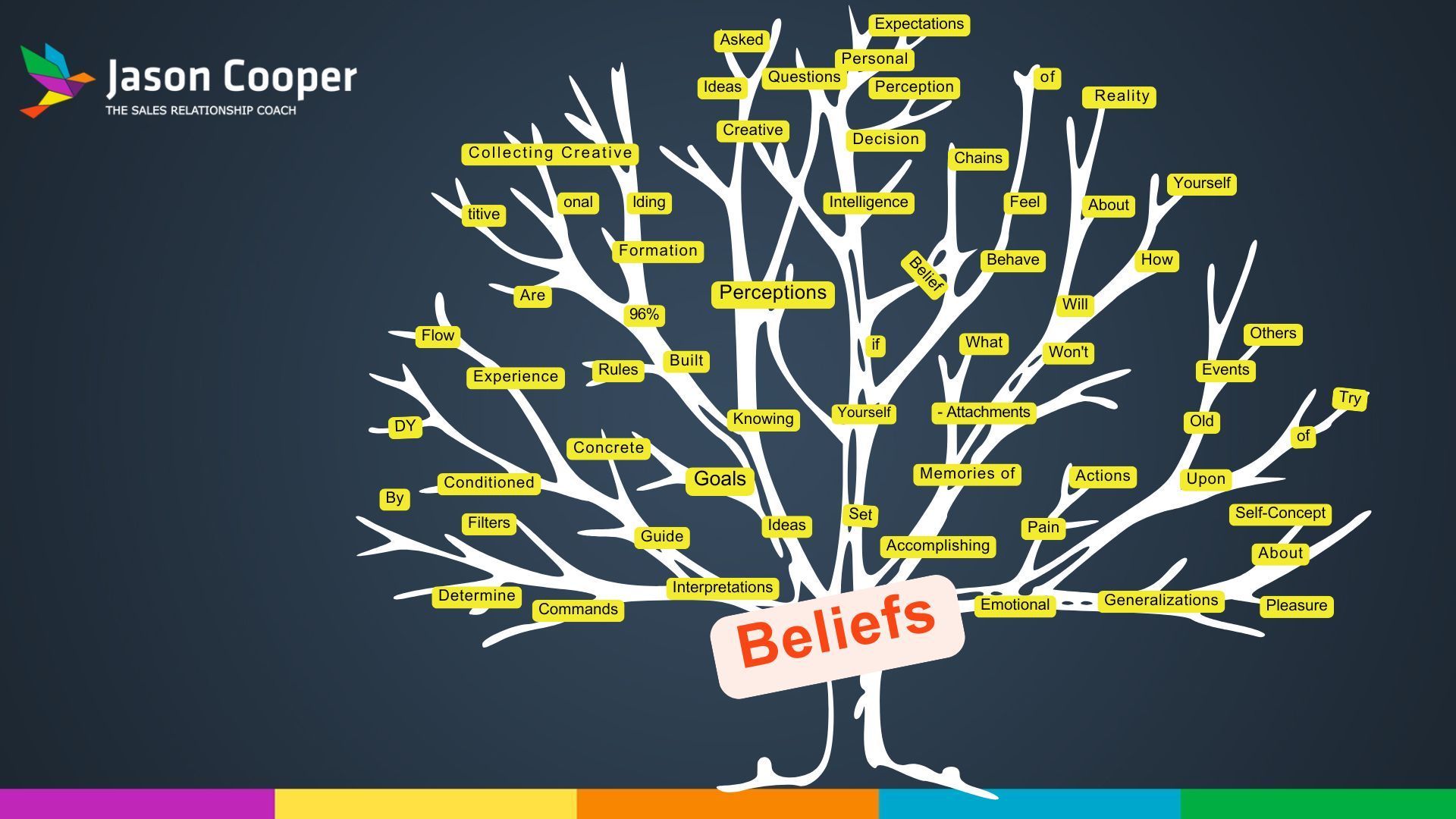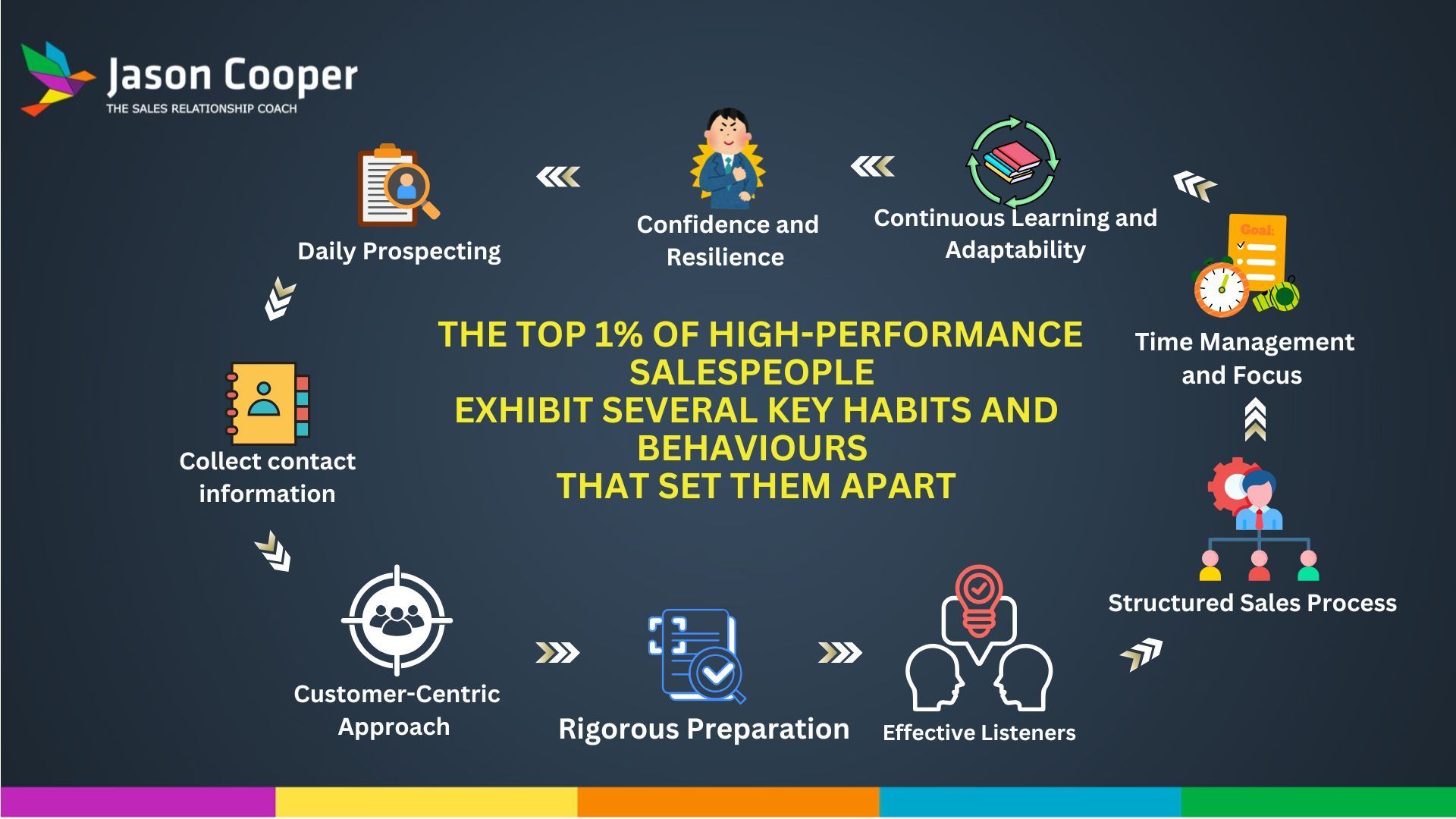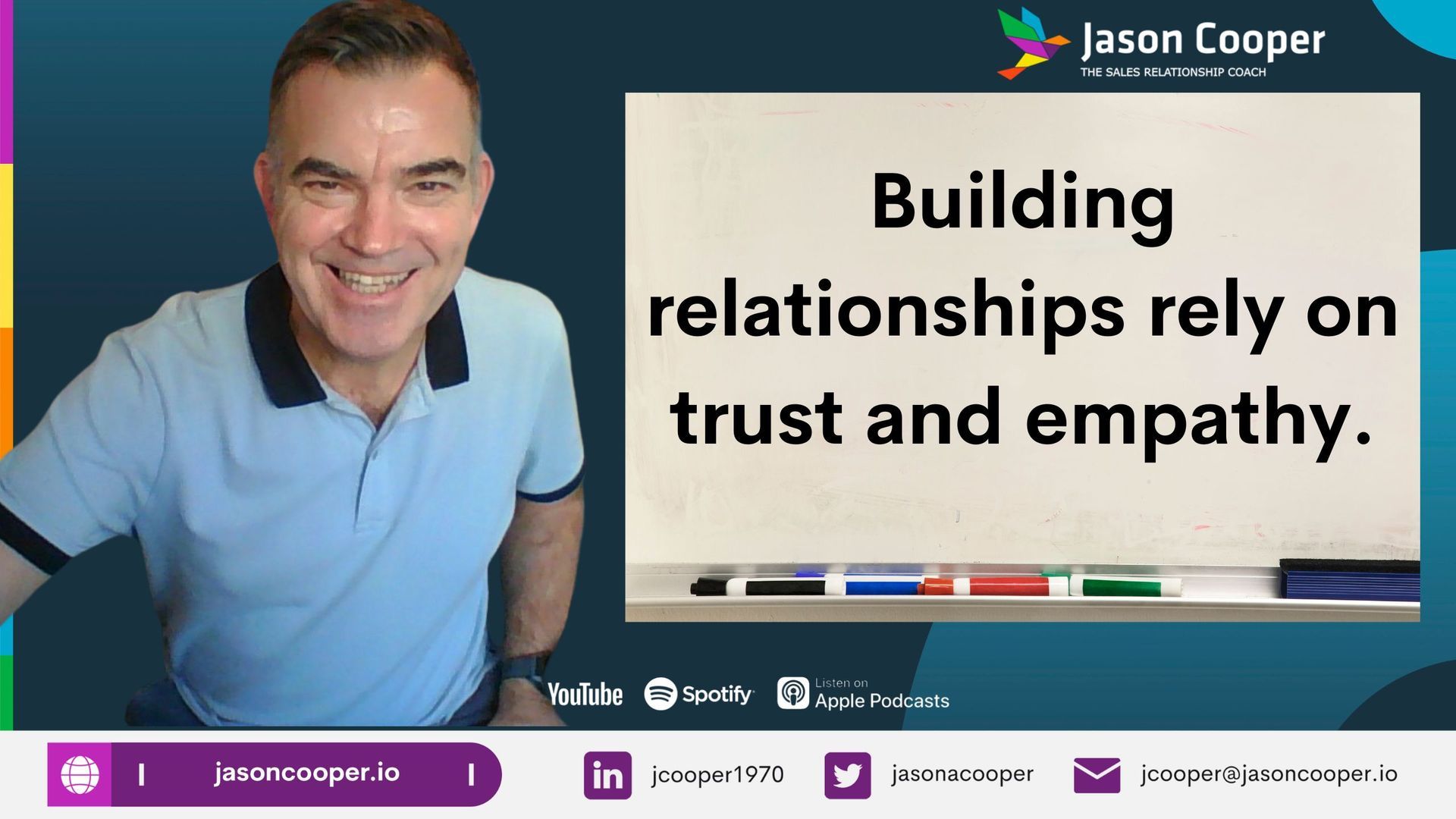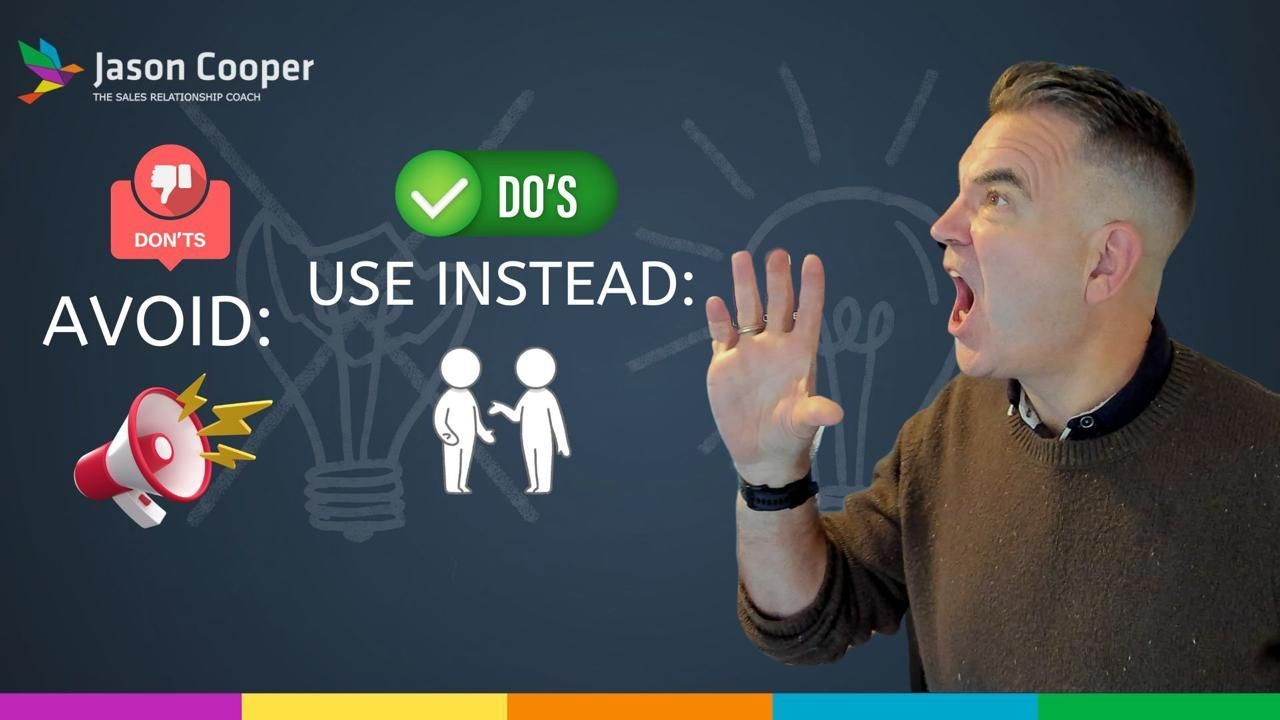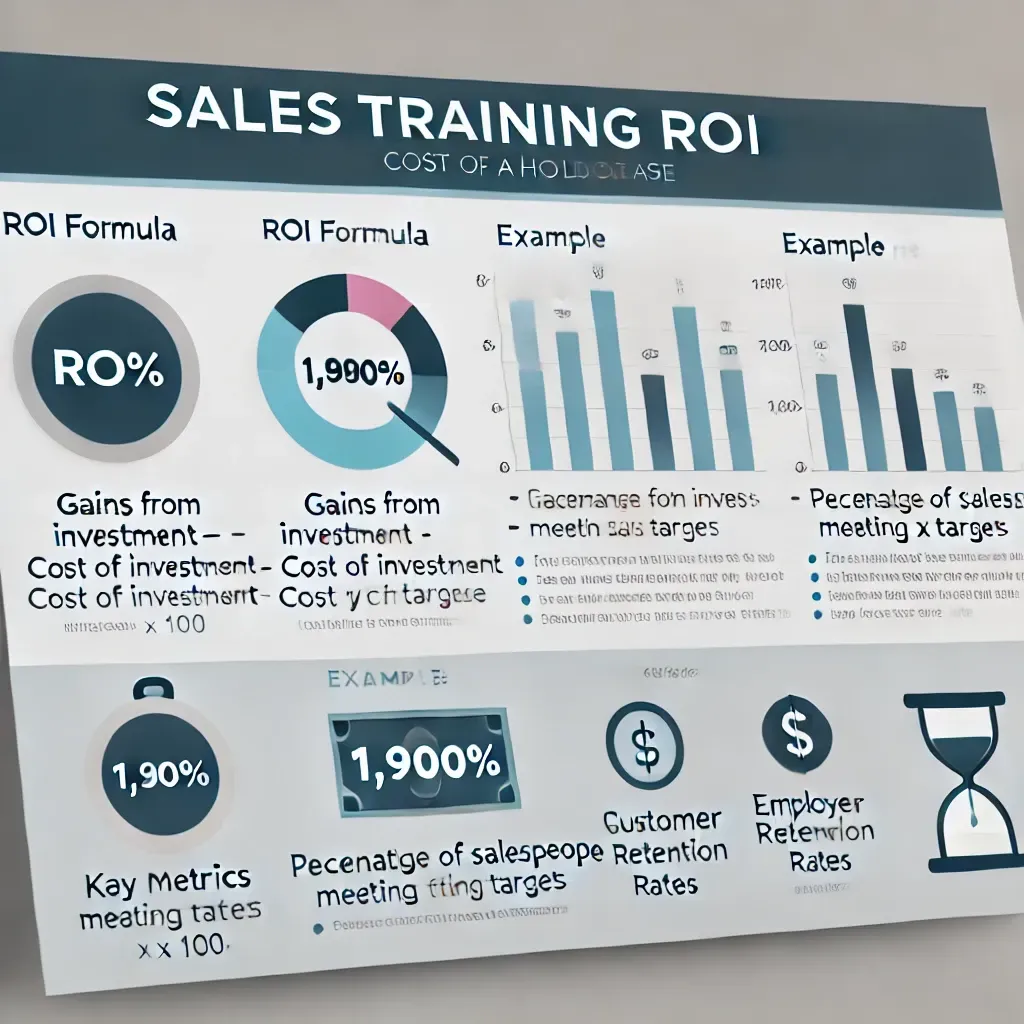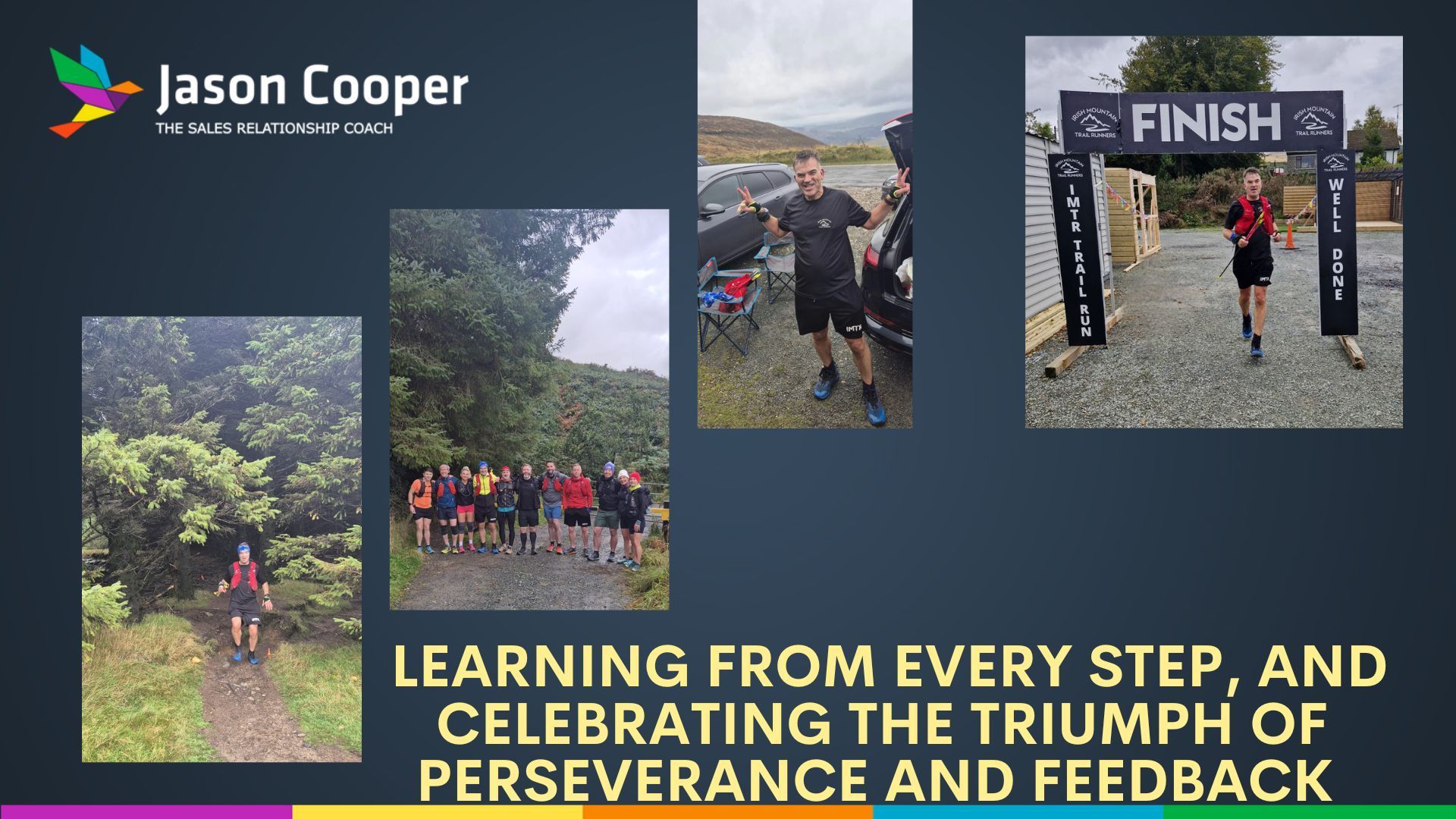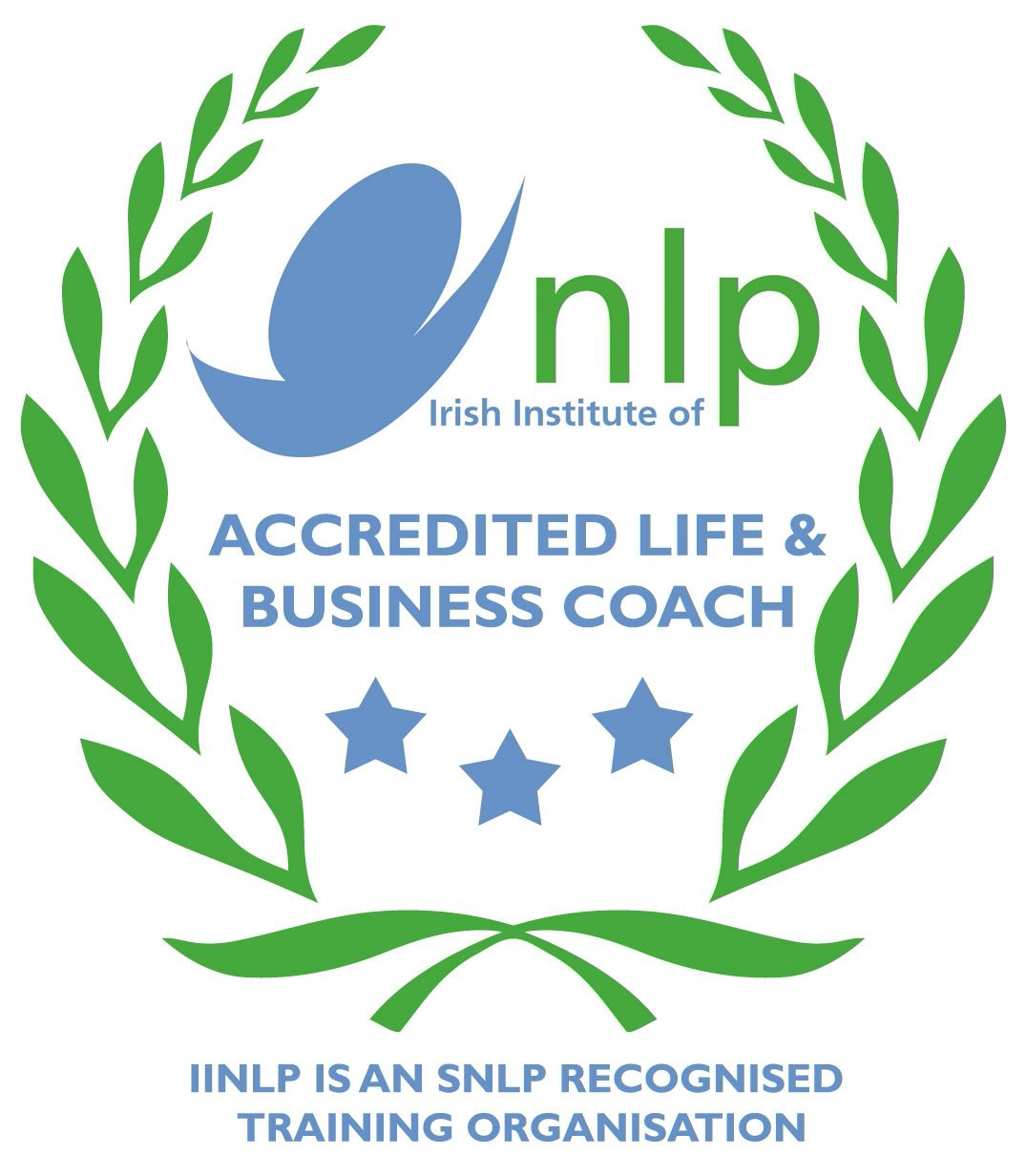Ever wondered what sets high-performing sales teams apart in today's fast-paced business world?
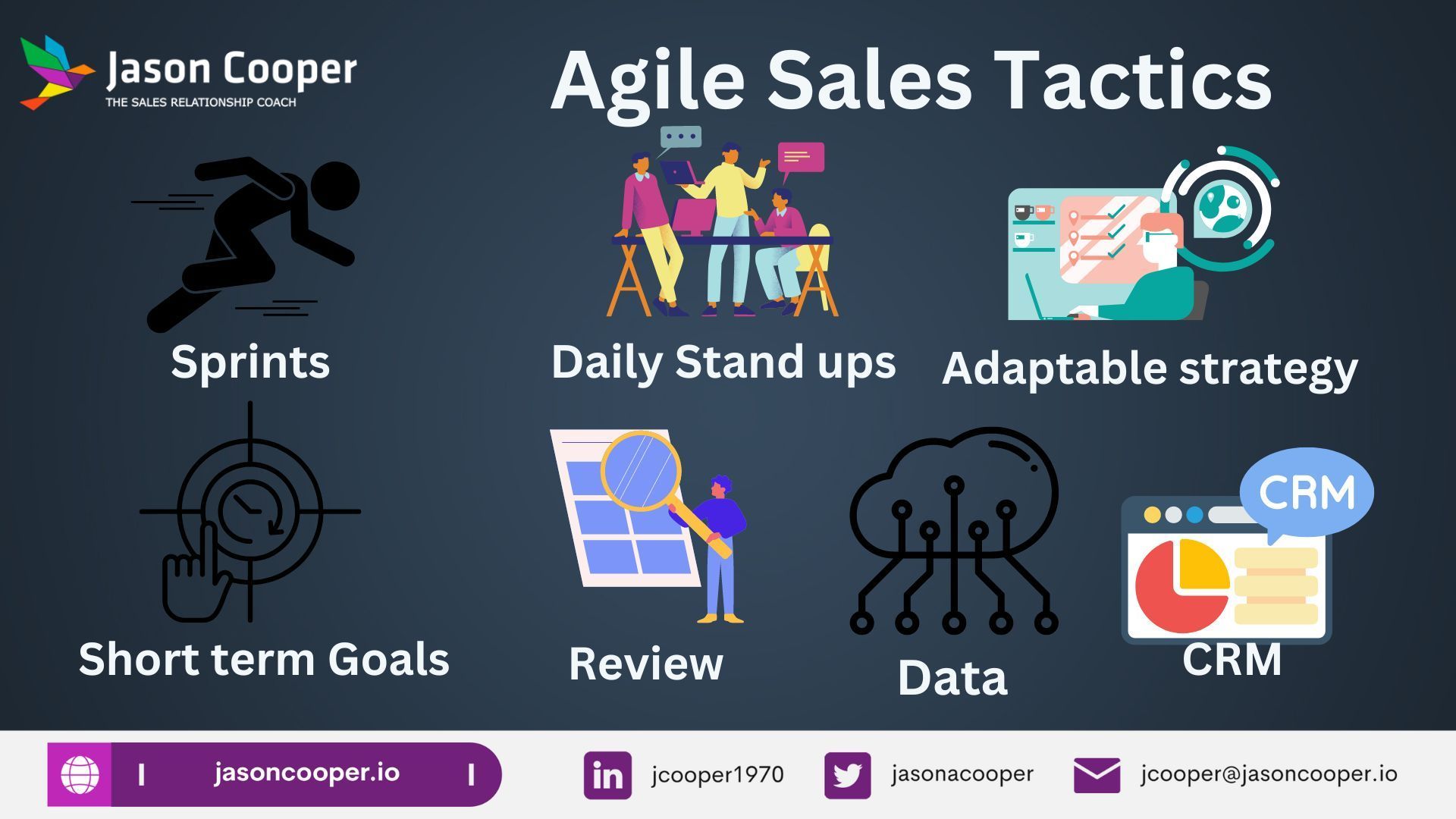
A sales team that is agile is key to staying ahead in today's dynamic business environment. Building one is more than a trend; it is a necessity. You can transform your sales force into a powerful collaborative and adaptable powerhouse by following some of these crucial practices based on the agile framework.
An Overview of Agile Sales Practices
- Sprints, Embrace the essence of the scrum methodology by breaking down long-term goals into shorter sprints. Focusing on achievable short-term objectives fosters a more dynamic and responsive sales approach.
- Stand-Up Meetings, Move away from traditional management styles with daily stand-up meetings. These brief gatherings promote real-time issue resolution and progress tracking, enhancing collaboration among team members.
- Reviews, Regularly conduct review meetings at the end of each sprint. Analyze successes and roadblocks, implementing timely corrective measures. It's a constant feedback loop for continuous improvement.
- Flexibility and adaptability are the cornerstones of agile sales. Stay flexible by adjusting strategies and processes in real-time based on internal discussions, feedback loops, and ever-changing customer needs.
Implementing Agile Sales in Your Organization
You need a strategic approach to transform into an agile sales framework.
Here are ten guiding principles
- Accountability, Define clear processes, success metrics, and short-term goals. Regular stand-up meetings ensure each sales rep is accountable for their activities.
- Adaptive Planning, Embrace a mindset of adaptive planning, adjusting processes based on changing customer needs rather than rigidly sticking to detailed plans.
- Collaboration, Foster collaboration among sales reps by setting smaller, achievable weekly goals. Integrate CRM platforms across departments to enhance alignment and make sure that the sales teams are inputting the data. To ensure that everyone is on the same page, there needs to be buy-in from all teams
- Continuous Iteration, Recognize the need for continuous improvement. Break tasks into sprints, reviewing and adjusting after each cycle to refine processes and responses.
- Functionality, Revisit and optimize the functionality of tools and processes, considering tools like CRM platforms for agile sales development.
- Measurement, Clearly define success metrics for each task, breaking down larger goals into measurable sprints, focusing on essential tasks that lead to revenue.
- Consistency, Streamline decisions based on data by ensuring all information is fed into a CRM platform. Leverage automation for data collection wherever possible. Making sure that every team follows up consistently and makes real-life connections in person. Connectivity and growth require authenticity.
- Predictability, Establish predictability by defining short-term goals and tasks clearly. Continuous iteration allows for goal adjustments and sets reasonable targets.
- Recognition, Foster a culture of recognition by acknowledging progress and successes in daily stand-up meetings, motivating and empowering your sales reps. By allowing each team member to show up and helping other members who may be struggling, we can ensure the psychological safety of the whole team.
- Transparency, Clearly define goals and processes to enhance transparency. This clarity improves roles and responsibilities, contributing to overall operational excellence.
Making your sales team more agile means making them more responsive, collaborative, and successful.
Are you ready to implement a more agile sales strategy?
#AgileSales #SalesTransformation #BusinessAgility #SalesSuccess
High Performance Blog

Five years ago, I hit ‘record’ for the very first time on The Global Sales Leader Podcast. I didn’t have a perfectly soundproof studio, a production team, or even a long-term plan—just a fire in my belly and a deep desire to have conversations that mattered. Now, entering the fifth year of hosting conversations with extraordinary business leaders, I’ve become even more selective—every episode must echo my core belief: dialogue, when done right, is a catalyst for change. Today, it’s a great honour and a pleasure to share that The Global Sales Leader Podcast has been listed in the Top 100 Best Business Leadership Podcasts on MillionPodcasts.com. That recognition isn’t just about me—it’s about the power of purposeful conversations, the loyal listeners who lean in, and the incredible guests who share not just knowledge, but wisdom. THREE KEY INSIGHTS People Buy Energy, Not Just Expertise In every conversation, I’ve learned that what resonates most isn’t jargon or perfectly structured advice—it’s human energy. That passion, vulnerability, and truth that comes through when a guest shares their “why” is what sticks. People buy people. Not titles. Relationship Capital is the New ROI From Philip Squire to Tom Ziglar, my guests often echo this: long-term trust outperforms short-term gains. Whether you're selling software or pitching a keynote, it's your ability to build relational equity—emotionally and intellectually—that defines your success trajectory. Podcasting Isn’t a Side Hustle—It’s a Relationship Accelerator Your voice in someone’s ears is intimacy at scale. Being part of someone’s commute, workout, or late-night work sprint is a privilege—and a responsibility. It’s how we build brand trust in a noisy world. ONE ACTIONABLE TIP Want to elevate your brand and build authentic authority? Don’t just get on podcasts—build relationships with hosts, producers, and booking agents. Start with the Top 100 Business Leadership Podcasts on MillionPodcasts.com. Reach out respectfully. Offer a perspective that serves their audience, not just your own agenda. Remember: Outreach that connects always outperforms outreach that pitches. SIGN-OFF As always, thank you for listening, sharing, and evolving with me. Whether you’re in sales, leadership, or just passionate about personal growth, I’m here to help you show up as your best self—strategically and sincerely. 🎧 Listen to the latest episodes: YouTube: https://lnkd.in/eeUh8JNb iTunes: https://bit.ly/4dSE5p3 Let’s keep building purpose-driven conversations that lead to performance-driven results. — Jason #LeadershipPodcast #SalesLeadership #HighPerformanceMindset #PurposeDrivenConversations #GlobalSalesLeader

We talk about the use of humor to humanize the whole selling process. We talk about building trust and resilience. We talk about a little bit of neuroscience as it pertains to buyers and sellers. Jason does a little bit of research and work in that category. Those following us closely know I guested on Jason's podcast, The Global Sales Leader Podcast, which was super fun. We’re looking forward to continuing the conversation on the show.

